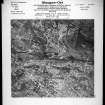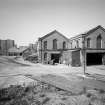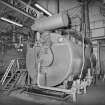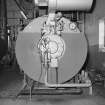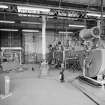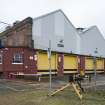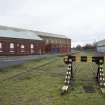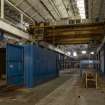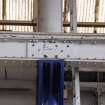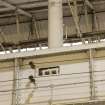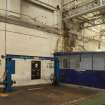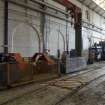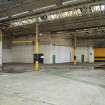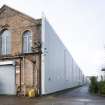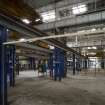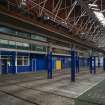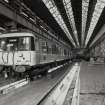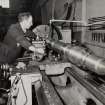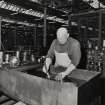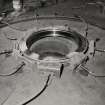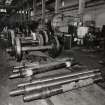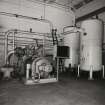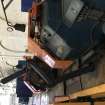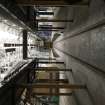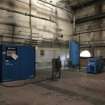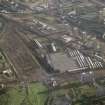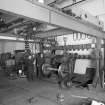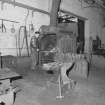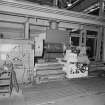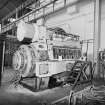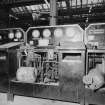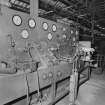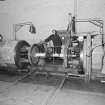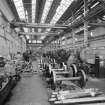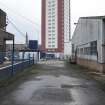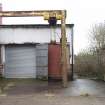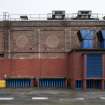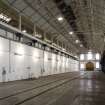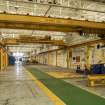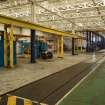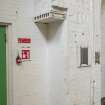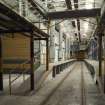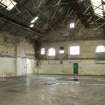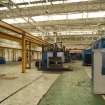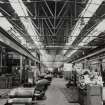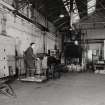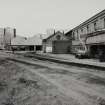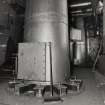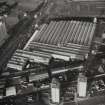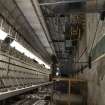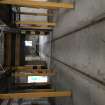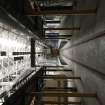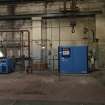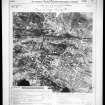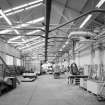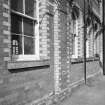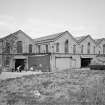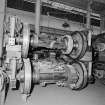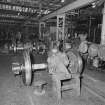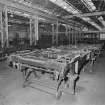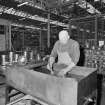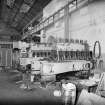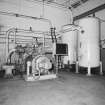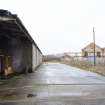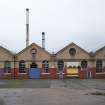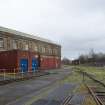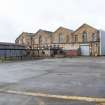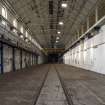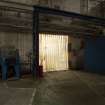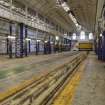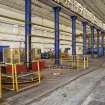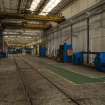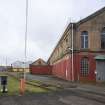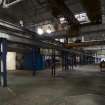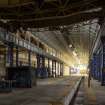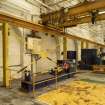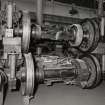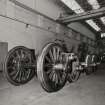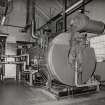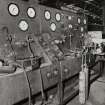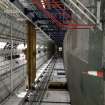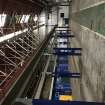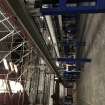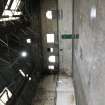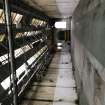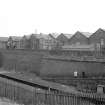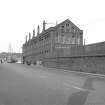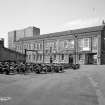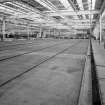Following the launch of trove.scot in February 2025 we are now planning the retiral of some of our webservices. Canmore will be switched off on 24th June 2025. Information about the closure can be found on the HES website: Retiral of HES web services | Historic Environment Scotland
Glasgow, 130 Springburn Road, St Rollox Locomotive Works
Railway Engineering Works (19th Century)
Site Name Glasgow, 130 Springburn Road, St Rollox Locomotive Works
Classification Railway Engineering Works (19th Century)
Alternative Name(s) Caledonian Railway's Locomotive Works; 321- 329 Charles Street; Springburn
Canmore ID 68411
Site Number NS66NW 42
NGR NS 604 666
Datum OSGB36 - NGR
Permalink http://canmore.org.uk/site/68411
First 100 images shown. See the Collections panel (below) for a link to all digital images.
- Council Glasgow, City Of
- Parish Glasgow (City Of Glasgow)
- Former Region Strathclyde
- Former District City Of Glasgow
- Former County Lanarkshire
St Rollox House, 130-132 Springburn Road, 1887, Robert Dundas, engineer
Former St Rollox Railway Works Offices. Long red brick block, with yellow dressings, round-arched windows in pilastered bays, for Caledonian Railway Company. Now occupied by Scottish Enterprise, Glasgow North.
Taken from "Greater Glasgow: An Illustrated Architectural Guide", by Sam Small, 2008. Published by the Rutland Press http://www.rias.org.uk
NS66NW 42.00 604 666
NS66NW 42.01 60399 66736 South Office
St Rollox Railway Works, 130 Springburn Rd, originally built for the Caledonian Railway in 1856-7, but completely rebuilt in the 1880s under the direction of Dugald Drummond, to designs by Robert Dundas, engineer. The buildings are mainly single storey, with round-headed openings and circular ventilators in the gable ends, and are of red and white brick. The two storey and attic, 3 by 17 bay office block on Springburn Rd was built in 1887 (£3500).
J R Hume 1974
St Rollox Works is a substantial range of adjoining and interconnected former railway locomotive workshops located in Springburn, Glasgow. The works were first constructed in 1854–6 for the Caledonian Railway Company and were enlarged and remodelled by the company between 1884 and 1886.
The current building consists of 12 adjoining workshops with pitched roof spans, dating largely from the 1880s, and covering approximately 5.5 acres. The workshops mainly run parallel with each other on an east-west axis, having an irregularly stepped plan form that diminishes in length from north to south. The three longest halls to the north, each being over 152 metres in length, are the former machine shop, wheel shop and locomotive erecting halls. Adjoining to the south are the former boiler and tender shops, coppersmiths, pattern shop and stores. A truncated section of the former forge and smith's shops (orientated north-south rather than east-west) runs to the west side of the building. Four shorter workshop ranges to the far south of the building housed the former brass and iron foundries.
The St Rollox Works building is largely of iron and brick construction. The walls are of red brick with rounded white brick dressings at the corners, windows, doors and cornices. The gable ends of each workshop span are shouldered, having round-arched doors and windows to the east gables, some having later modifications and apex roundel openings to the west gables. The side elevations have pilastered bays topped by a parapet with a dentil course and sandstone cornicing. The openings to the ground floor are predominantly round-headed arch, and there is a mix of round-arched and roundel windows at the upper level.
Window units are largely later 20th century replacements with some metal-frame windows with multi-pane glazing retained at the ground floor. The roof has a covering of metal sheet cladding (formerly grey slate in diminishing courses, interspersed with long horizontal glazed sections).
The interior was seen in 2021. An internal refit was carried out during the 1960s. The structural iron and steel elements of the building remain intact. The internal brick walls have piers to support the overhead cranes. There are several round-arch openings connecting the various workshop ranges. The roof valleys of the long workshop ranges are supported on wrought-iron girders and rows of two-stage, cast-iron circular columns with curved brackets supporting the steel I-beams and wrought iron rails of the high-level travelling crane system. The embedded tracks, engine inspection pits and wheel turning plate fixtures within the concrete floors demonstrate the continued use of the building for rail vehicle repair over a 160-year period and are therefore included as part of the listing. The roof structure is predominantly of wrought iron with narrow angle beam and tie rod support construction. The principal beams are covered by timber lining. There are also some sections of metal latticework within parts of the roof structure.
The former St Rollox Works Offices of 1887 occupies the northwest corner of the site and is listed separately at category B (LB33906).
Note (15 November 2023)
The St Rollox works were originally know n as the Caeldonian or Caley Works or Glasgow Works. It is located in Springburn north of Glasgow City Centre. The 1831 Garnkirk and Glasgow Railway terminated here and later, in 1856, the works were connected to the Monkland Coal works.
In 1854,the site was established by the Caledonian Railway Company (25-inch Ordnance Survey plan, Lanarkshire, 1860, sheet VI.7). In 1882 it was fully reconstructed by Dugald Drummond to designs by Robert Dundas (Hume, 1974, 80; 169-70 C75; 25-inch Ordnance Survey plan, Lanarkshire, 1896, sheet VI.7) to include a saw mill, carriage shop, waggon shop, machine shop/ wheel shop, erecting shop, boiler shop, pattern makers/ brass foundry pattern store and iron foundry. In 1902, the works were enlarged again and were now known as St Rollox Works (25-inch Ordnance Survey plan, Lanarkshire, 1909 (pub. 1913), sheet VI.7). At Nationalisation, St Rollox Works employed over 3000 staff. In 1968 it was consolidated to form British Rail Engineering Ltd (BREL) and loss of 1000 jobs. In 1988 after privatisation, it operated as a maintenance facility (losing 1200 jobs), About 50% of the site was sold off and demolished. It continued to carry out rolling stock repairs in 2018 as the largest rolling stock repair site in Scotland. In 2019, it officially closed with 200 staff redundancies and offered for sale.
Information from M McDonald, HES, Heritage Research Service, 15 November 2023.










































































































